The Corporate Life Cycle: Corporate Finance, Valuation and Investing Implications!
Musings on Markets
AUGUST 19, 2024
In fact, the business life cycle has become an integral part of the corporate finance, valuation and investing classes that I teach, and in many of the posts that I have written on this blog. In 2022, I decided that I had hit critical mass, in terms of corporate life cycle content, and that the material could be organized as a book.



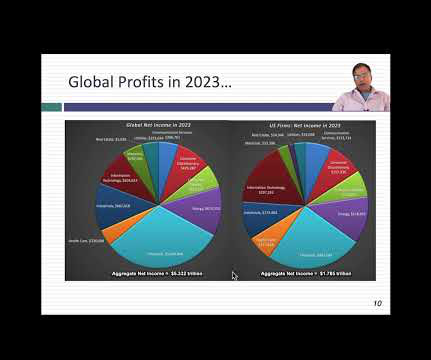
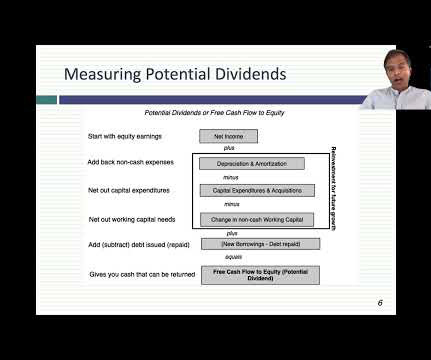
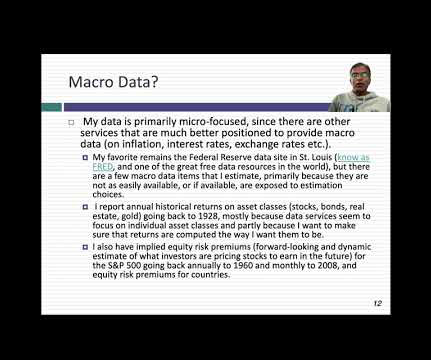
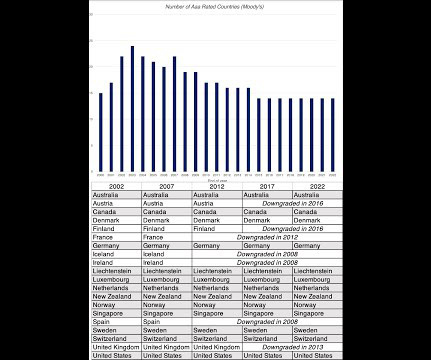
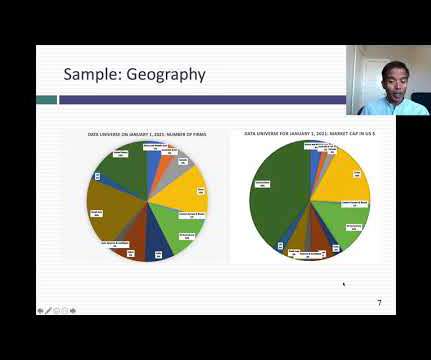








Let's personalize your content